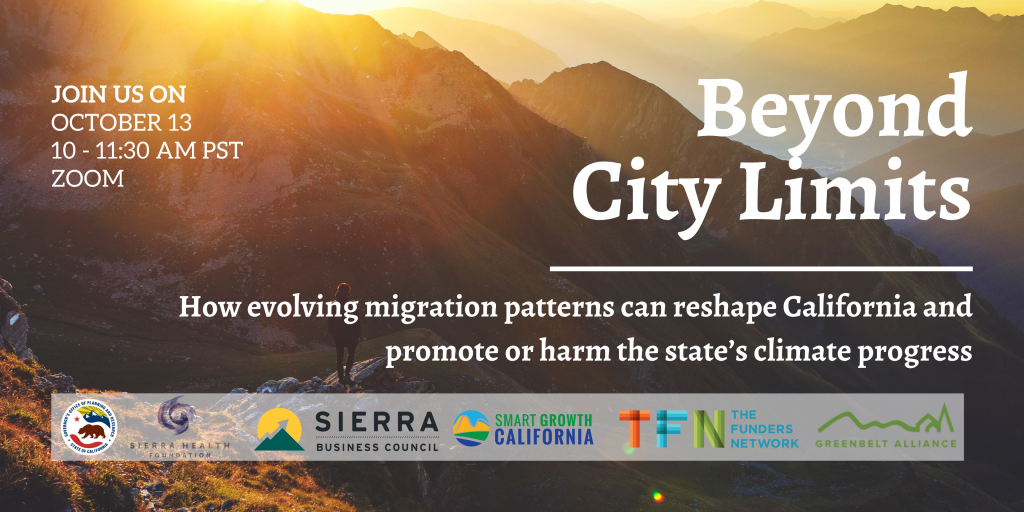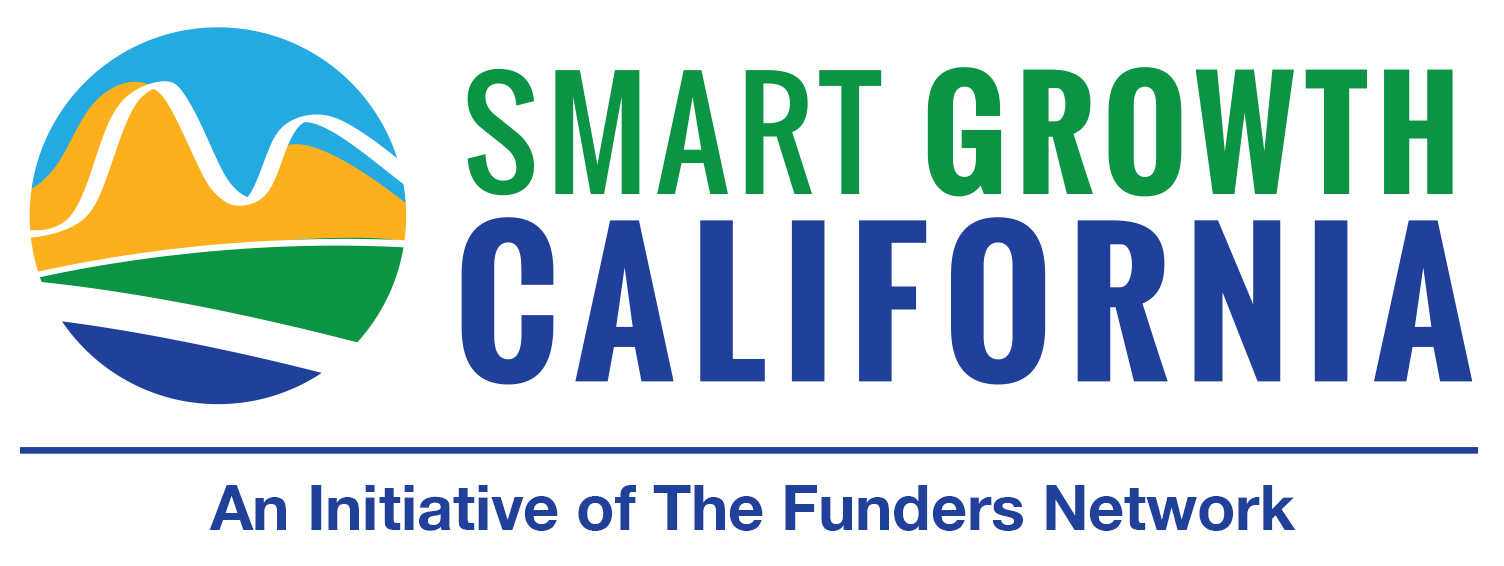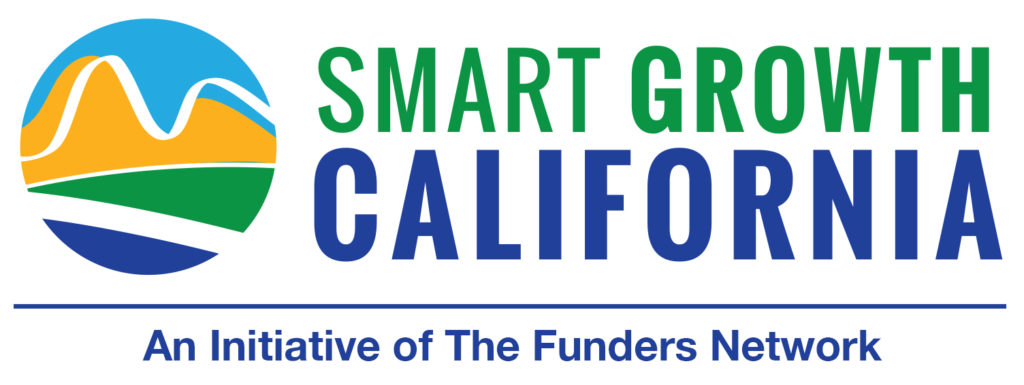Dates/Time
October 13, 2022
10:00 am-11:30 am
 Beyond City Limits: How evolving migration patterns can reshape California and promote or harm the state’s climate progress
Beyond City Limits: How evolving migration patterns can reshape California and promote or harm the state’s climate progress
Thursday, October 13th | 10 – 11:30 AM Pacific
Smart Growth California invites you to a funder discussion on how smaller cities across the state can and should be planning for sustainable and equitable growth.
Much has been conjectured about the burgeoning trend of outward migration from California’s urban hubs as a result of the rise in remote work, but the push away from cities is not new; Californians, especially low- and middle-income communities of color, have increasingly sought more affordable places to live on the outskirts of cities as home prices skyrocket in urban cores. Added to this reality is the fact that, by some estimates, California needs 3.5 million new homes to meet the existing need.
The New York Times reported that “California’s biggest cities are shedding residents, while its suburbs and exurbs are seeing rapid population gains. The shift is fueling a red-hot housing market in areas once ignored by city dwellers, and turning some of the state’s secondary cities into small-scale boom towns,” or “zoomtowns” as many in the real estate community are now calling them. In addition, gateway communities in scenic parts of the state – such as Lake Tahoe and Joshua Tree — have seen a surge of COVID-migrants who are taking advantage of being able to work remotely full-time. In some communities, the majority of the added inventory is for vacation rentals, which has led to the perplexing outcome of increased housing stock and declining population.
With so much new housing being erected outside of the already urbanized areas in the state, advocates and funders need to grapple with some of the inherent risks in this outward movement:
- Will this change lead to more homes being built in the Wildland Urban Interface (WUI), putting more people in the path of destructive wildfire?
- Will it lead to car-centric sprawl that exacerbates greenhouse gas emissions and sets the state back in its climate goals?
- How are these new growth patterns impacting low-wealth residents who were already residing in these communities?
- What are the opportunities to take advantage of the out-migration to create vibrant “micropolitan” communities in less urban parts of the state with climate-friendly land-use patterns that work for smaller regions?
“Smart growth” advocates have long supported dense, urban development in already urbanized areas. However, with the realities of outward migration, we must ask what smart, climate-friendly, and equitable growth looks like in less densely populated regions of our state. Join us as we explore how funders, advocates, and stakeholders can leverage opportunities and mitigate risks to meet our state’s housing goals while also creating equitable, resilient, and affordable communities across California.
The first hour of this call will be a traditional learning call with speakers, and the final 30 minutes will be a funder-to-funder discussion on how you are seeing these issues play out in your communities and whether you would be interested in continuing an ongoing funder learning space around related topics.
Speakers:
- Saharnaz Mirzazad, Strategic Growth Council
- Sarah Cardona, Deputy Director, Greenbelt Alliance
- Steve Frisch or Stacy Corless, Sierra Business Council
- Moderator: Mark Valentine, ReFrame It Consulting; and Kaying Hang, Sierra Health Foundation

